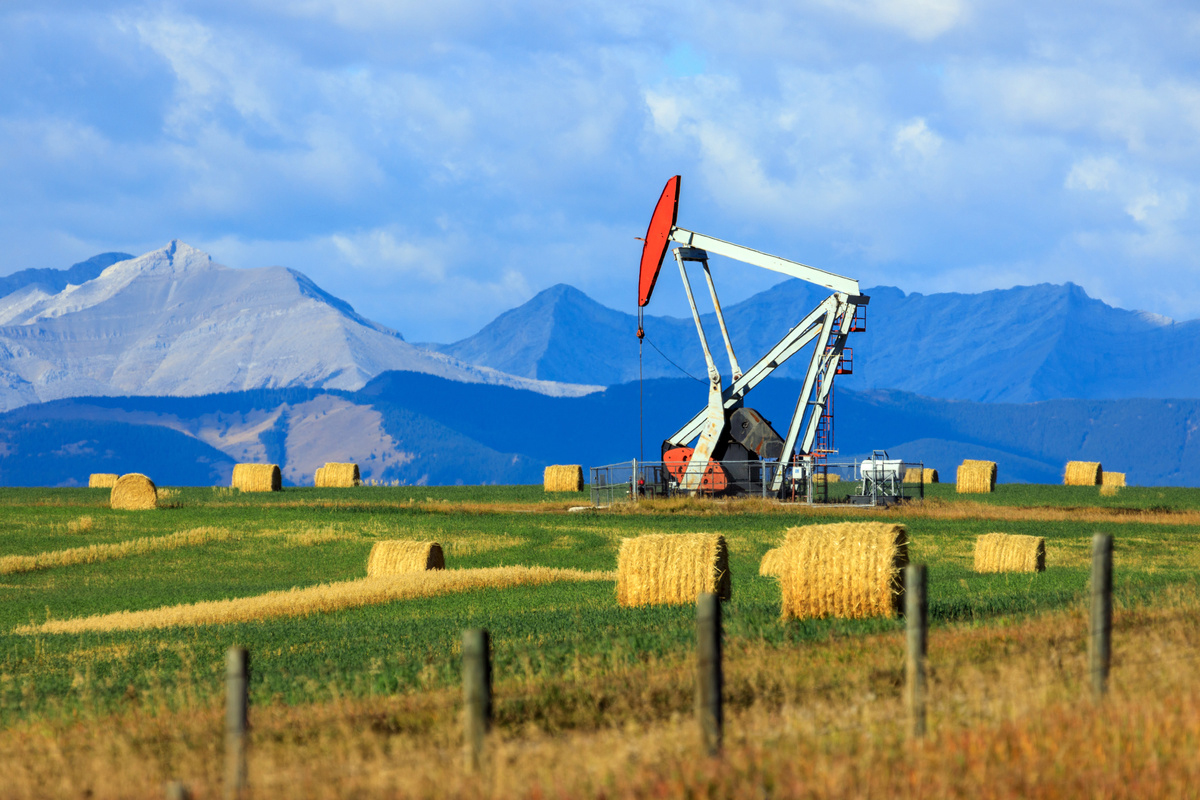Market Snapshot: Bitumen Production Hits a Record High in 2021
Connect/Contact Us
Please send comments, questions, or suggestions for Market Snapshot topics to snapshots@cer-rec.gc.ca
Release date: 2022-06-08
Canadian bitumen production from oil sands miningFootnote 1 and in situDefinition* operations hit a record high of 3.5 million barrels per day (MMb/d) in October 2021. This record production was achieved despite lower capital investments since 2014,Footnote 2 low oil prices, and crude oil production limits set by the Alberta government in 2019.Footnote 3 In addition, the COVID-19 pandemic reduced oil demand around the world starting in early 2020.
Production Growth
The growth in oil sands production in 2021 may be due to a variety of factors, including:
- Once an in-situ oil sands field is developed, it is possible to increase production at a lower capital cost on a per-barrel basis compared to the initial project costs.Footnote 4 This means that even small additional investment in the oil sands will likely result in some growth in total production.
- It takes two to four years to for a project to be built and to begin producing. This means that production growth in 2021 could be from initial investments made as far back as 2017, when project owners may not have predicted market events from 2018 to 2020.
Production Changes

Figure 1 shows Canada’s bitumen production from 2008 through 2021.Footnote 5 It highlights the peak in production in October 2021, and it also depicts how other planned and unplanned events impacted production over this period. For example, oil sands production often decreases in the spring when project maintenance is typically scheduled. Bigger production drops between 2008 and 2021 resulted from unexpected events affecting oil sands projects and global oil markets like financial crises, pandemics, wildfires, and outages.
Figure 1 shows how wildfires around Fort McMurrayFootnote 6 caused production to fall by approximately 0.7 MMb/d in May 2016 from the month before. In 2020, production fell roughly 0.5 MMb/d from March to May, after the COVID-19 pandemic caused global oil demand and prices to fall dramatically. The steep fall in oil sands production in 2020 was mirrored by other oil producers around the world,Footnote 7 who were also affected by the COVID-19 pandemic. Both Canadian and world oil demand and production largely recovered by late 2021.
A record production high in October 2021 resulted from various factors, such as continuing production once maintenance to oil sands upgraders was finished, increased production at Imperial Oil’s Kearl and Suncor’s Fort Hills mines, and higher production at Cenovus’s Christina Lake and Foster Creek projects.
Figure 1: Canada’s Bitumen Production from 2008 to 2021
Sources and Description
Sources: Alberta Energy Regulator (AER) ST – 3 (Oil), CER
Description: The stacked area graph shows monthly bitumen production growing from 1.3 million barrels per day (MMb/d) in January 2008 to 3.5 MMb/d in October 2021 and declining slightly thereafter until the end of the year. Bitumen production is partly seasonal, with dips in the spring. In May 2016, bitumen production fell roughly 0.7 MMb/d because of wildfires. From March to May 2020, bitumen production fell 0.5 MMb/d because of the COVID-19 pandemic, before recovering later in the year as companies brought production back online.
- Date modified:
